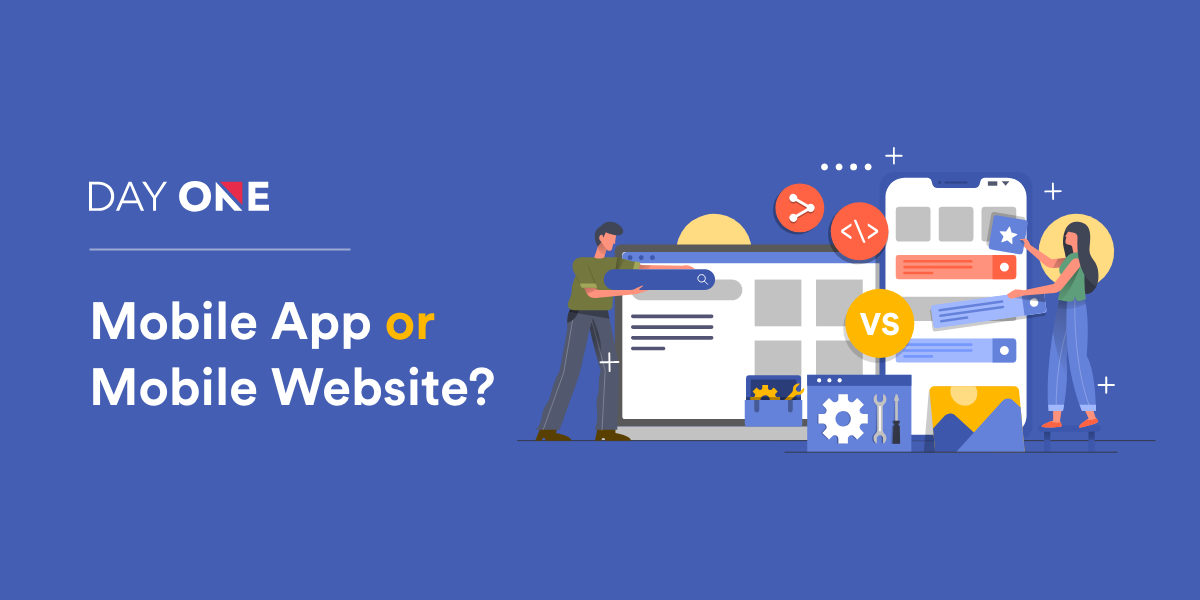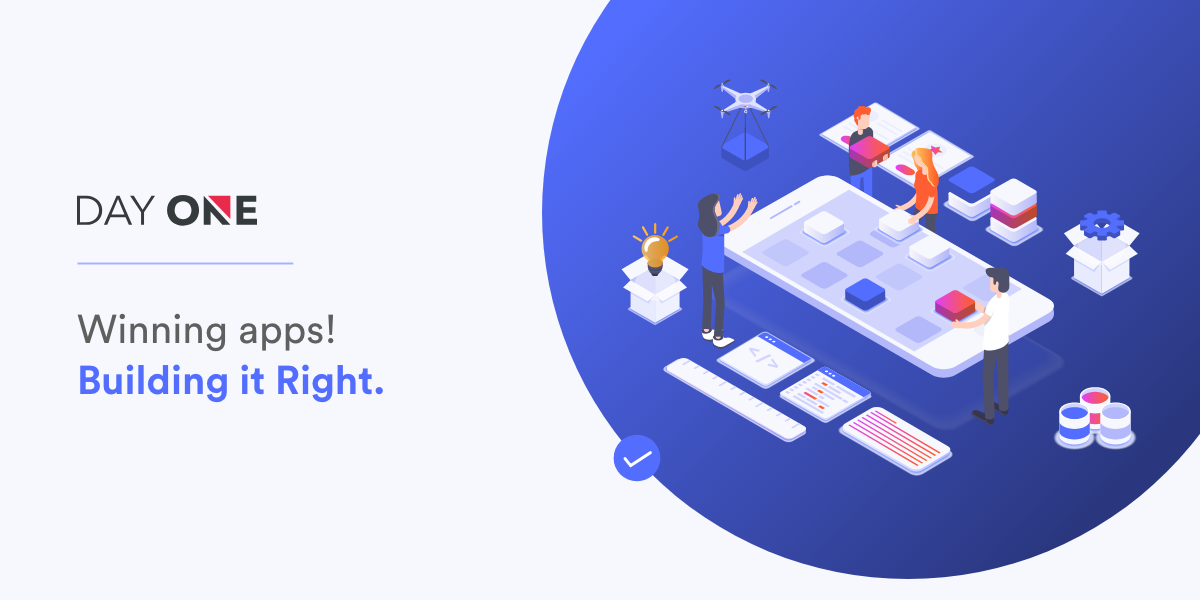Out with MVP, In with MVI
admin
App Development
June 1, 2021
2 min read

It was just recently that the Android community started adopting MVP, MVVM, etc. Recently, we all started hearing this other term called MVI or Model View Intent and we have seen a lot of talks and blog posts about this pattern.
When MVI is explained to us, there are some things which are not quite clear immediately. There’s a lot going on with the implementation and things like Action, Result, Processor, Reducer, complex reactive chains, etc. This could easily overwhelm anybody without knowing why.
Model is a term which is common to various patterns like MVC: Model View Controller, MVP: Model View Presenter, MVVM: Model View ViewModel.
It has always been unclear of the Model term and what exactly it applies to. Try to think of it as Model in MVP or MVVM being everything other than the View and Presenter (or ViewModel). Alternatively, this is also known as the data/logic layer.
It is often said in some circles that Model states. If we represent everything going on a screen as a container of states, like isLoading, isChecked, it becomes our model. This definition of Model is more closely related to MVI’s Model. So instead of saying Model View Intent, it is more preferable to be called as State View Intention. It is also called the Hannes Model named after Hannes Dorfmann who inspired many people by bringing MVI to the Android world.
There are four basic elements in this State View Intention pattern. Those are State, View, Intention, and User. The addition of User in the pattern itself is what makes it different from other patterns.
The user interacts with the UI like User hits pull to refresh on the screen which can also be called User’s Intention to refresh the screen. This Intent brings about change in State of the screen. This change can occur via any kind of background logic, but the most important thing is that any change in this state has to happen only by firing an Intent. This new State is rendered on View and this newly updated View is shown to the User.
As you can see there is a unidirectional flow of data and none of these components can break this chain and start interacting with each other. This kind of approach restricts any change to the State of the system only via a defined set of actions (intentions). An undefined action by a user cannot cause any undesired change to our System.
Model-View-Intent is a very clean way to deal with application states and UI changes. A unidirectional data flow (cycle), predictable states and immutability are the exciting thing about MVI.
Composing functions leads to clean and reusable code. We can also mix MVI with MVP because MVP helps to separate your concerns. Furthermore, it can’t be highlighted enough about the importance of a Presentation Model. Transforming the Model into a Presentation Model is quite easy with Rx Java (just add a .map()) but improves your code a lot and reduces the complexity of your View layer.
The thing with MVI is like with any other software architecture: MVI gives you an idea, but there is still space for personal preferences and interpretation. One can add as many layers as needed. For example, the model() function could internally be composed by multiple functions (one might call they use cases or interactors, just functional). One could add Action data structures to decouple things between intent() and model() even more. But keep in mind: don’t over-engineer things!
Explore More Blogs
Testimonials What customers have to talk about us
Finch (previously Trio) – Growth with Investing, with benefits of Checking
Reading Time: < 1 minThe Finch (previously Trio), one of our clients today has reached this level with our expertise and with a great team of developers in Day One, who have made every stone unturned in making this project a big success.
Neel Ganu Founder
USA
Vere360 – VR based Immersive Learning
Reading Time: < 1 minDay One helped Vere360 “fill skill gaps” and build a platform that would cater to their niche and diverse audience while seamlessly integrate the best of #AI and #VR technology.
Ms. Adila Sayyed Co-Founder
Singapore
1TAM – Video Blogging Reimagined
Reading Time: < 1 min‘1TAM’ was only for iOS with gesture-based controls, advanced video compression techniques, and a simple architecture that allowed actions to be completed in 2-3 taps. The real challenge for ‘1TAM’ was to keep it distinct which bought brilliant results with all the strategies and approaches implied for best video compression techniques.
Anwar Nusseibeh Founder
UAE
Fit For Work – The Science of Workplace Ergonomics
Reading Time: < 1 minDay One Technologies came with the expertise that was required and helped in building a platform that is edgy, functional, and smart, delivering engagement and conversions at every step.
Ms. Georgina Hannigan Founder
Singapore
SOS Method Meditation for ‘Busy Minds’
Reading Time: < 1 minDay One Technologies helped in building an innovative mobile app (for #iOS and #Android) that’s easy-to-use, engaging, and data-driven to help users reap the most at every point.





